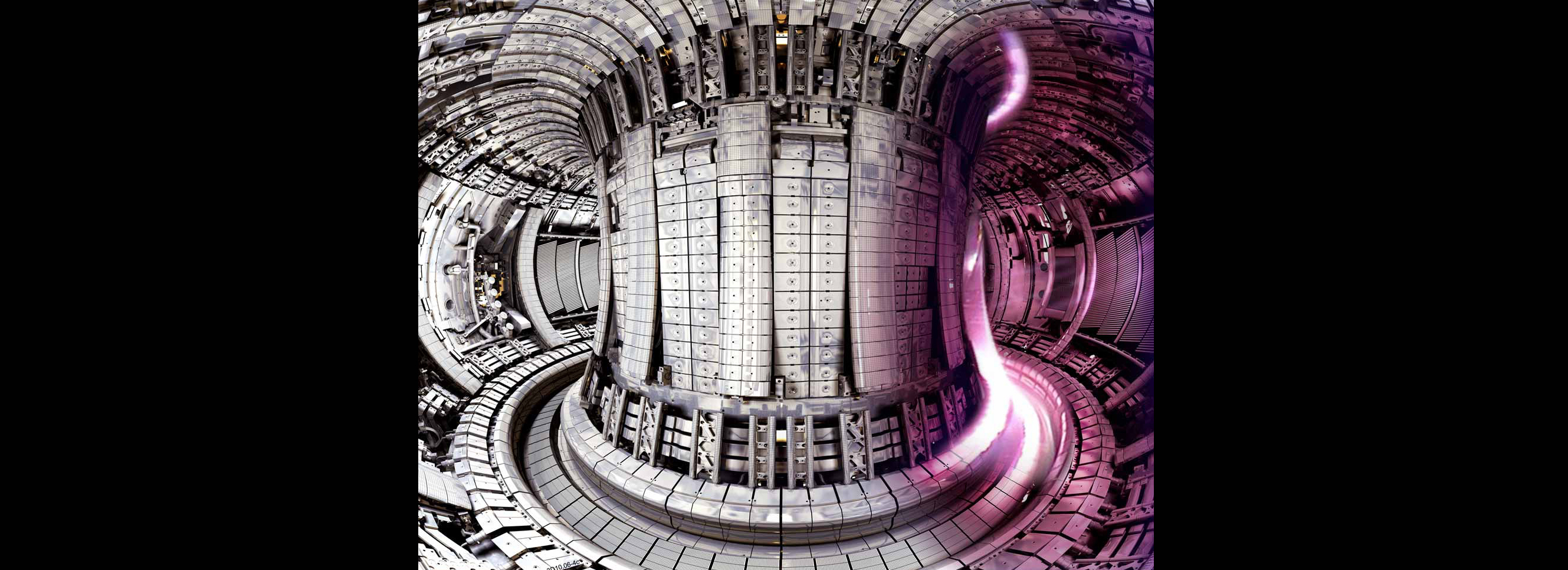INTRODUCTION
The European Common market (EEC) built a pilot facility, (to be 25% the size of an eventual power station) in Oxfordshire, Southern England to generate electricity from nuclear fusion.

The European Common market (EEC) built a pilot facility, (to be 25% the size of an eventual power station) in Oxfordshire, Southern England to generate electricity from nuclear fusion.
The nuclear fusion (similar to the process which occurs naturally on the surface of the sun) is achieved by fusing 2 hydrogen isotopes (both of which are found naturally in sea water) to form helium.
Conditions required to enable this reaction to take place, included:
Colin was part of the McLachlan Group team who were commissioned by the team of nuclear physicists from all over Europe to monitor and report and keep the construction programme on track.